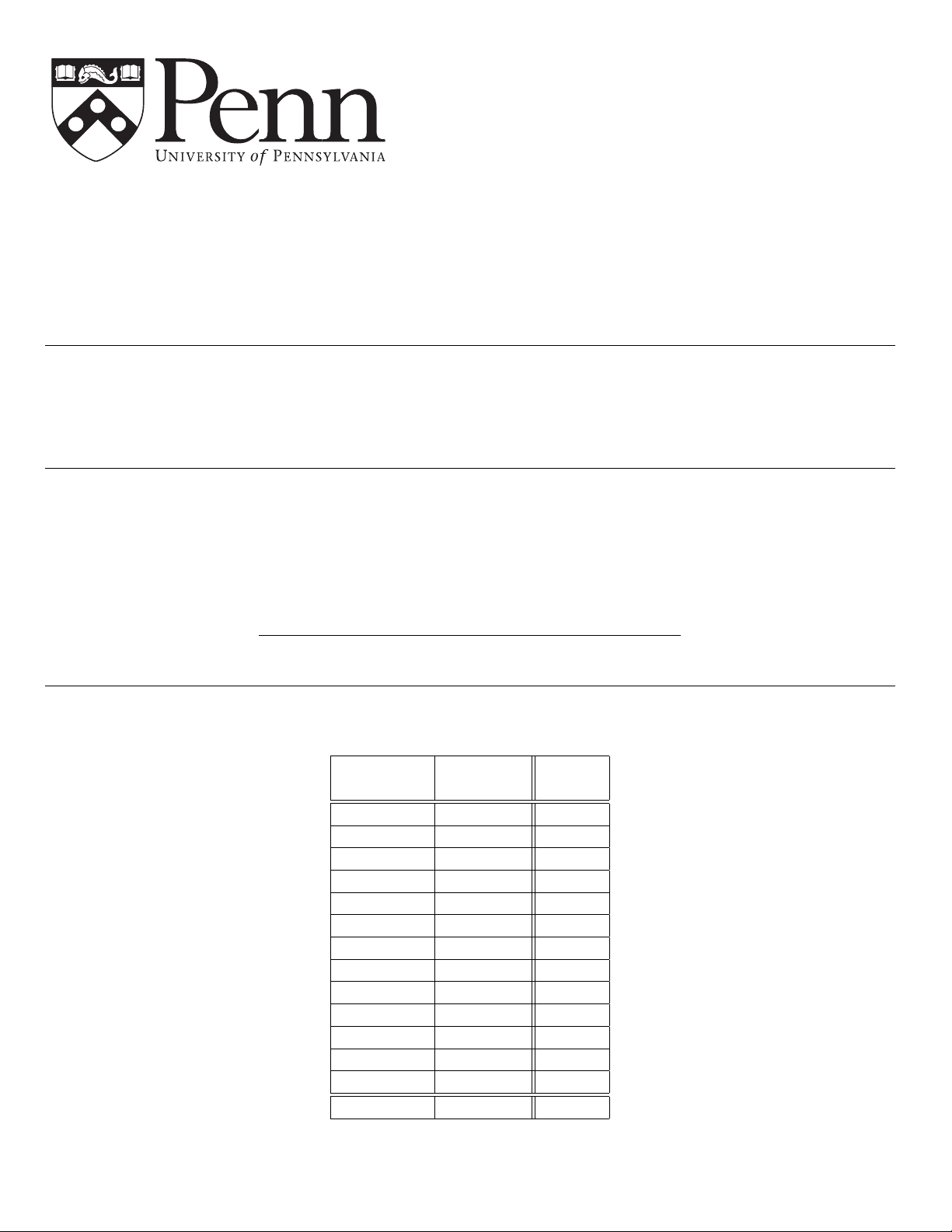
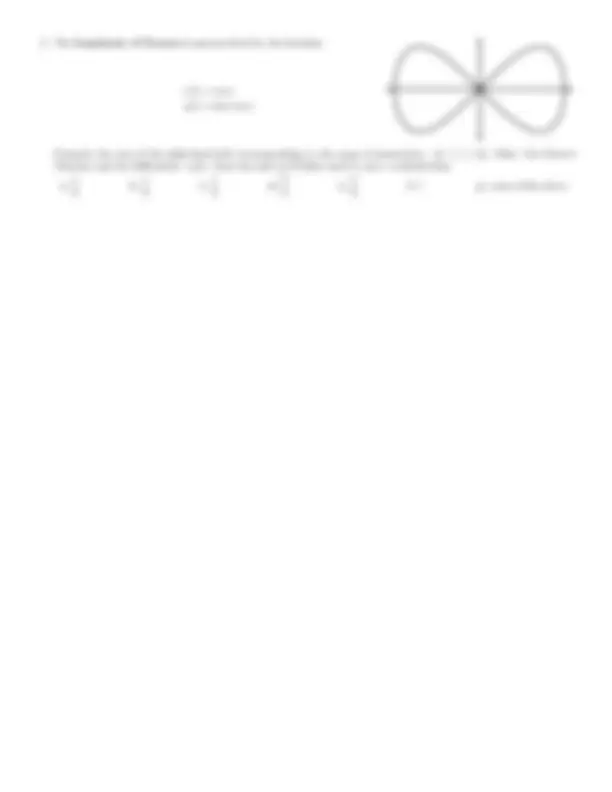
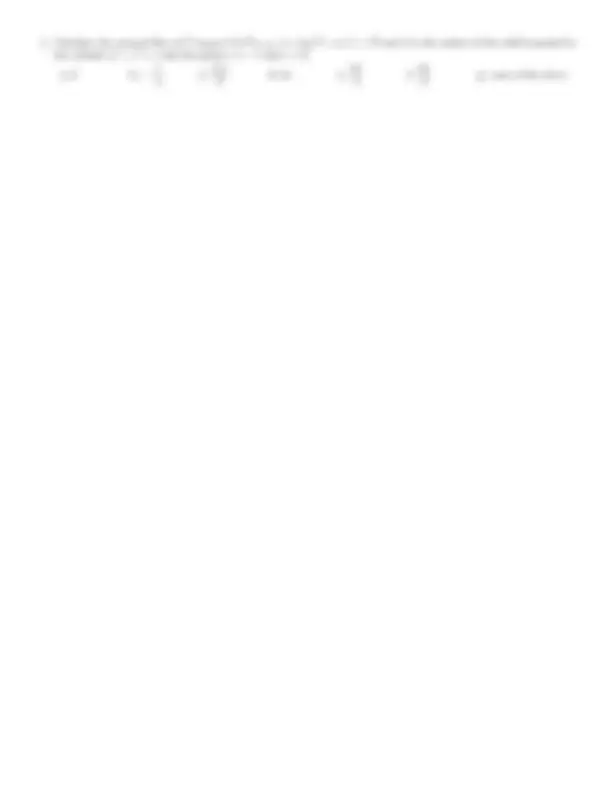
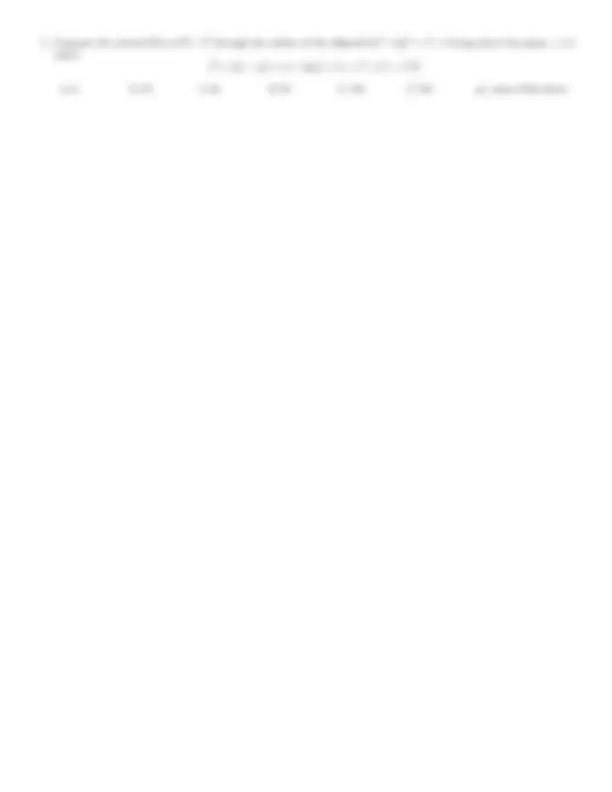
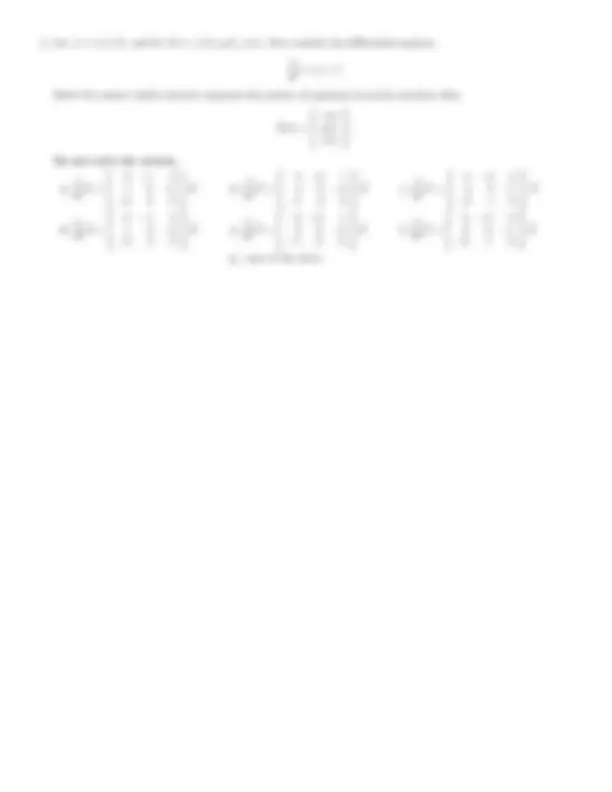
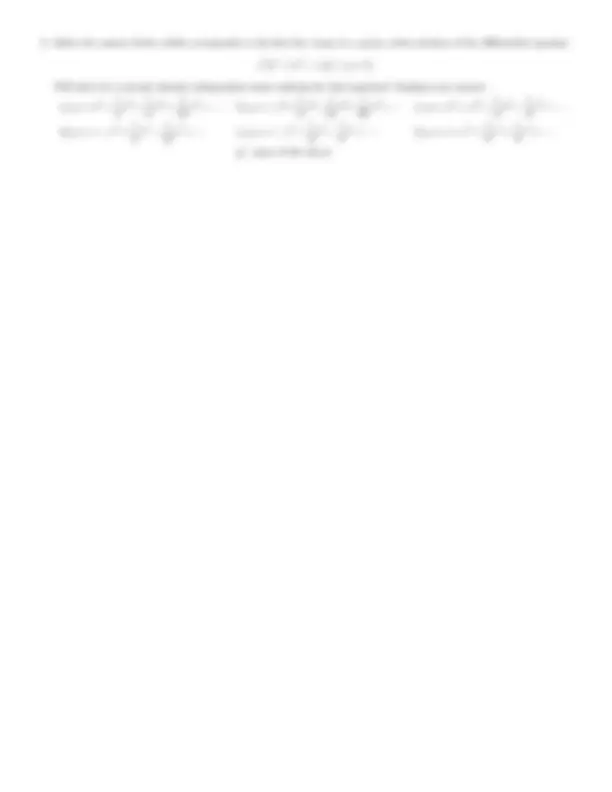
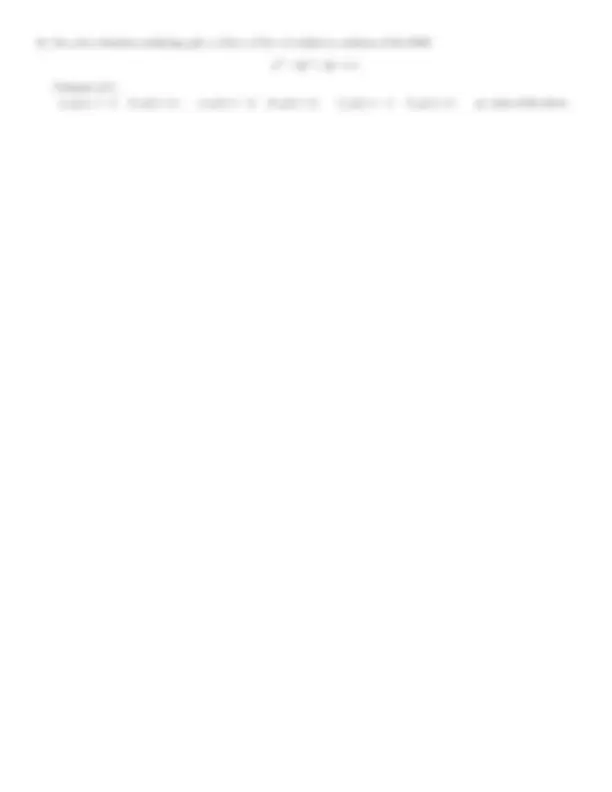
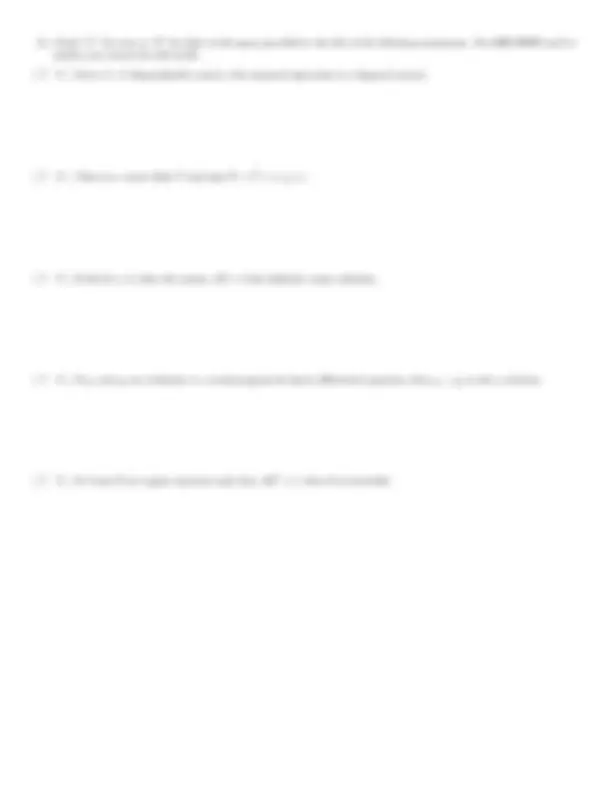



Study with the several resources on Docsity

Earn points by helping other students or get them with a premium plan


Prepare for your exams
Study with the several resources on Docsity

Earn points to download
Earn points by helping other students or get them with a premium plan
Community
Ask the community for help and clear up your study doubts
Discover the best universities in your country according to Docsity users
Free resources
Download our free guides on studying techniques, anxiety management strategies, and thesis advice from Docsity tutors
These are the notes of Exam of Linear Algebra which includes Initial Value Problem, General Solution, Erential Equation, Origin Parallel, Line, Vector Space, Dimension etc. Key important points are: Electronic Devices, Clearly Mark, Multiple Choice, Name, Number, Possible, Score, Equations, Lemniscate of Gerono, Parametrized
Typology: Exams
1 / 14

This page cannot be seen from the preview
Don't miss anything!









Your signature
For Official Use (do not write below this line)
(^) then A−^1 =
a) x = − 1 b) x = 0 c) x = 2 d) x = 5 e) x = 7 f) x = 11 g) none of the above
a) 0 b) 2π c) 3π d) 8π e) 12π f) 16π g) none of the above
A − 2 I = −A^2.
Must A be invertible? Record your answer in the box below and provide justification for your answer. a) λ = 0, 1 b) λ = 0, 2 c) λ = 0, 1 , − 2 d) λ = 1, − 2 e) λ = 0, 1 , − 3 f) λ = 1, − 3 g) none of the above
Is A invertible?
d dt ~r = ~ω × ~r.
Select the answer which correctly expresses this system of equations in matrix notation when
X^ ~(t) =
x(t) y(t) z(t)
Do not solve the system.
a) d dt
(^) X~ b) d dt
(^) X~ c) d dt
d) d dt
(^) X~ e) d dt
(^) X~ f) d dt
g) none of the above
y′′′^ − 4 y′′^ + 4y′^ = 4.
Compute y(1). a) y(1) = − 5 b) y(1) = 4 c) y(1) = − 3 d) y(1) = 2 e) y(1) = − 1 f) y(1) = 0 g) none of the above
a) y 1 (1) = 2e b) y 1 (1) = 2e − 1 c) y 1 (1) = 3 d) y 1 (1) = 5e^2 e) y 1 (1) = 7e f) y 1 (1) = −e^2 g) none of the above
( T F ) Every 2 × 2 diagonalizable matrix with repeated eigenvalue is a diagonal matrix.
( T F ) There is a vector field F~ such that ∇ × F~ = 〈x, y, z〉.
( T F ) If det(A) = 0, then the system A X~ = 0 has infinitely many solutions.
( T F ) If y 1 and y 2 are solutions to a non-homogeneous linear differential equation, then y 1 + y 2 is also a solution.
( T F ) If A and B are square matrixes such that AB^2 = I, then B is invertible.
Scratch Work Page—Will Not Be Graded If Detached